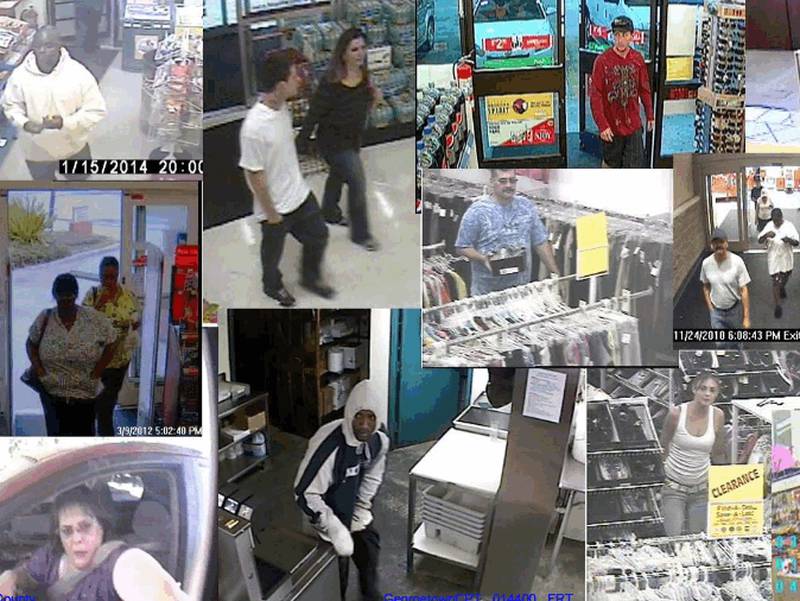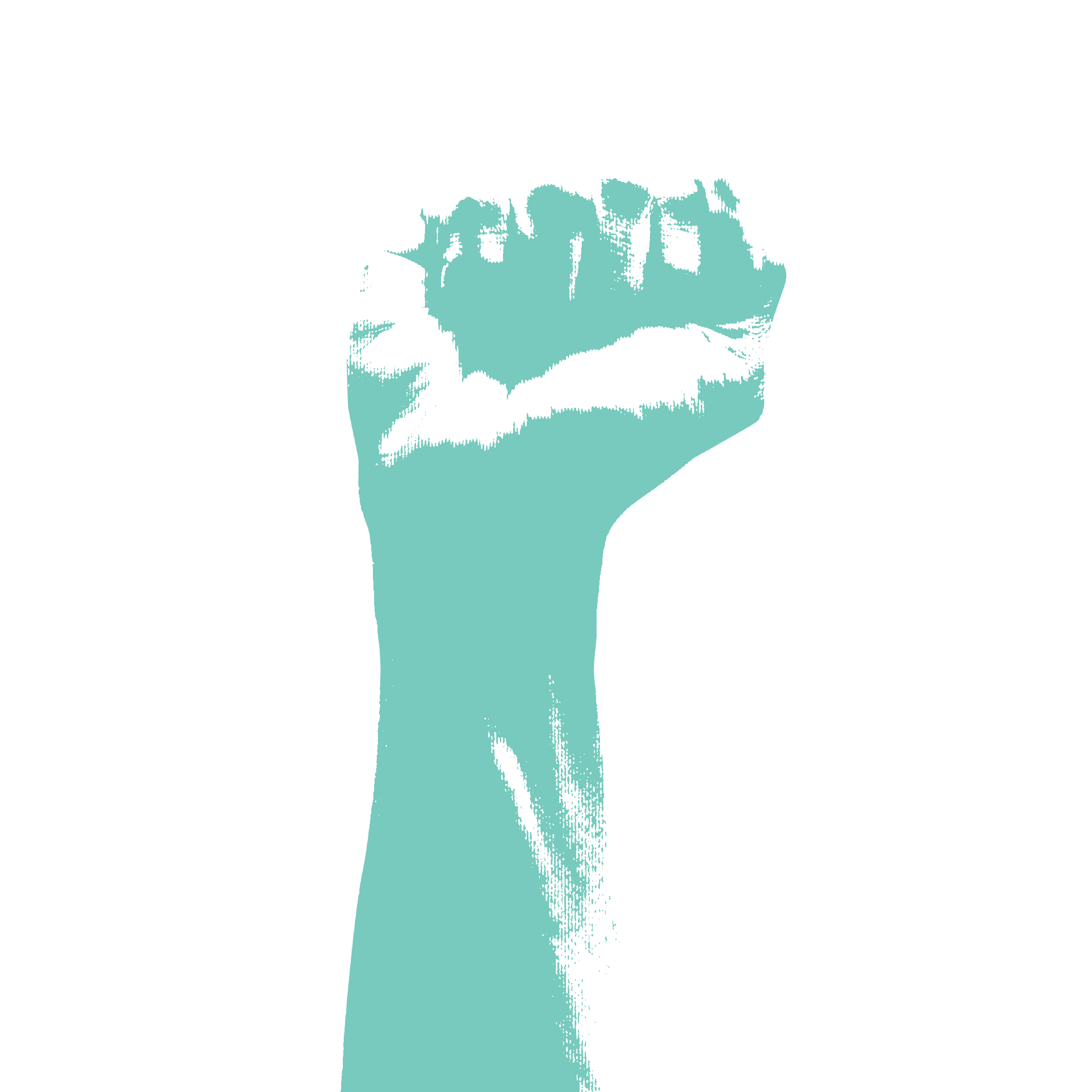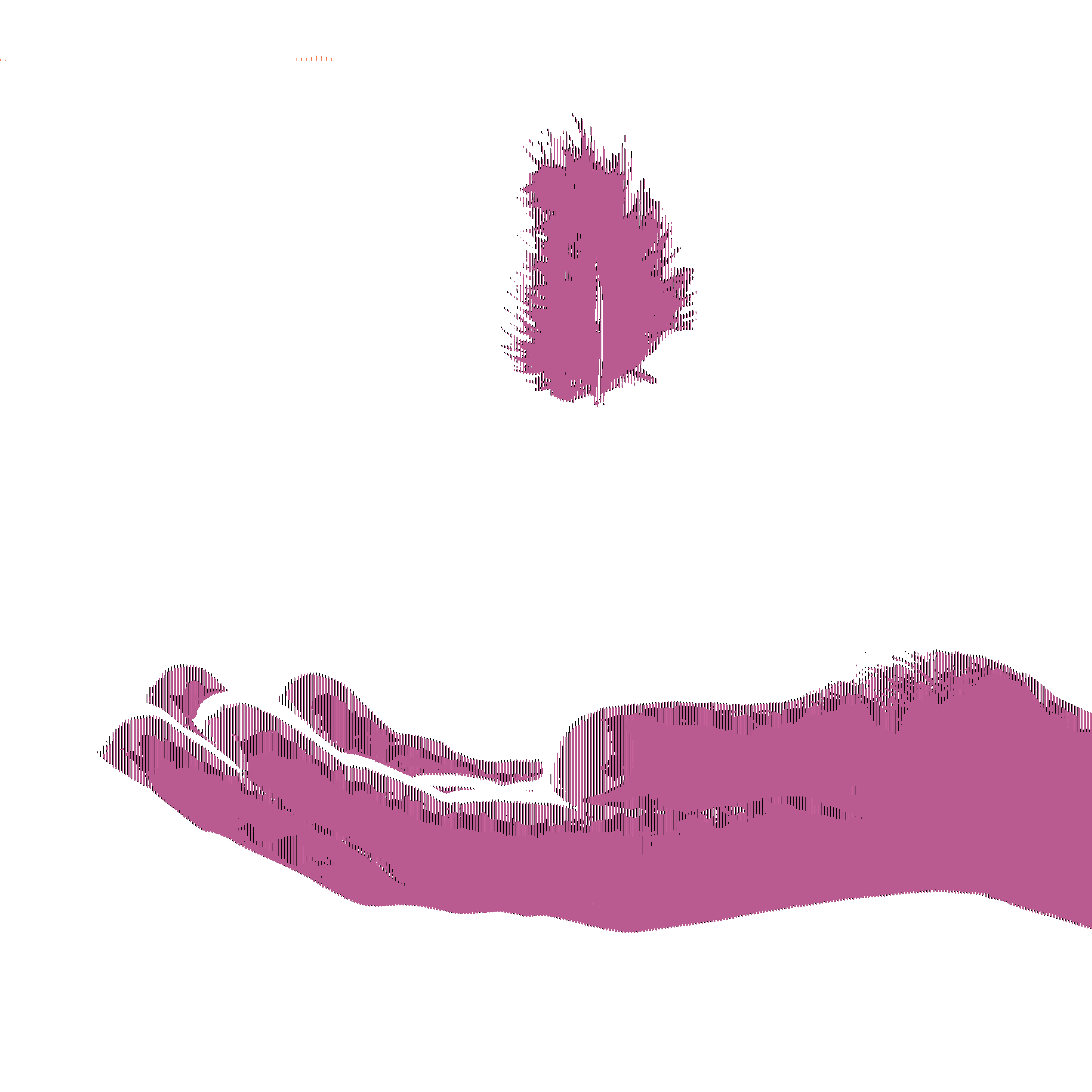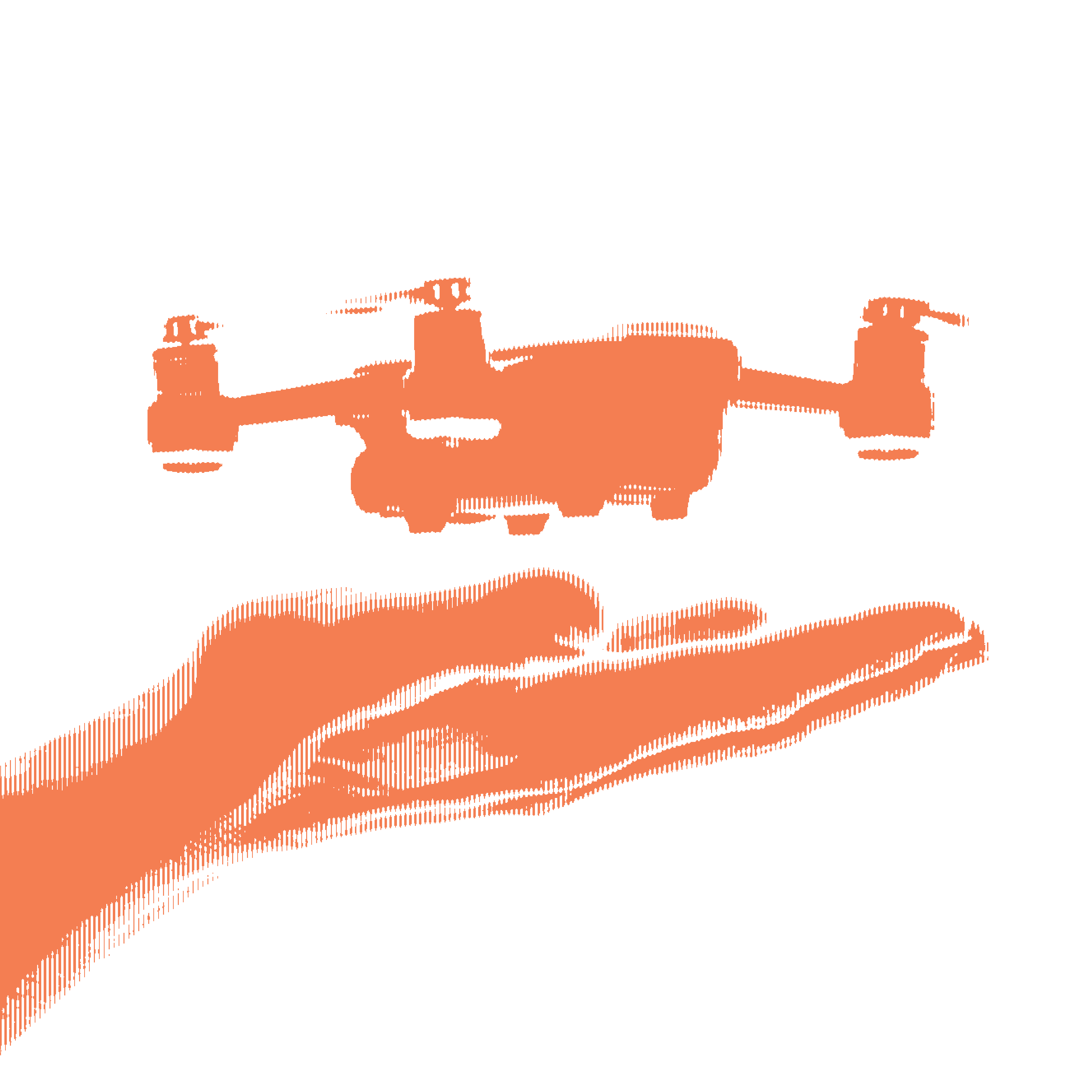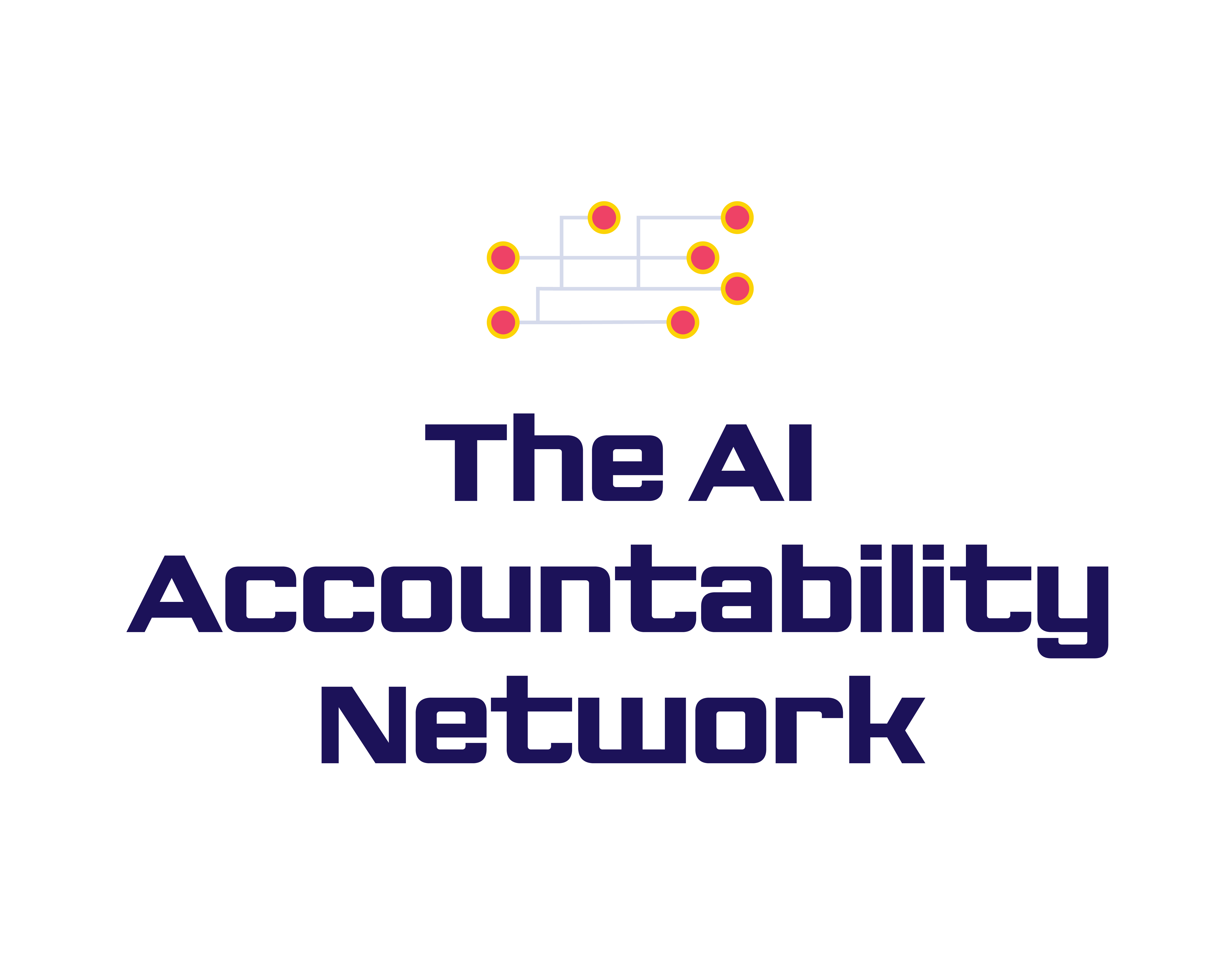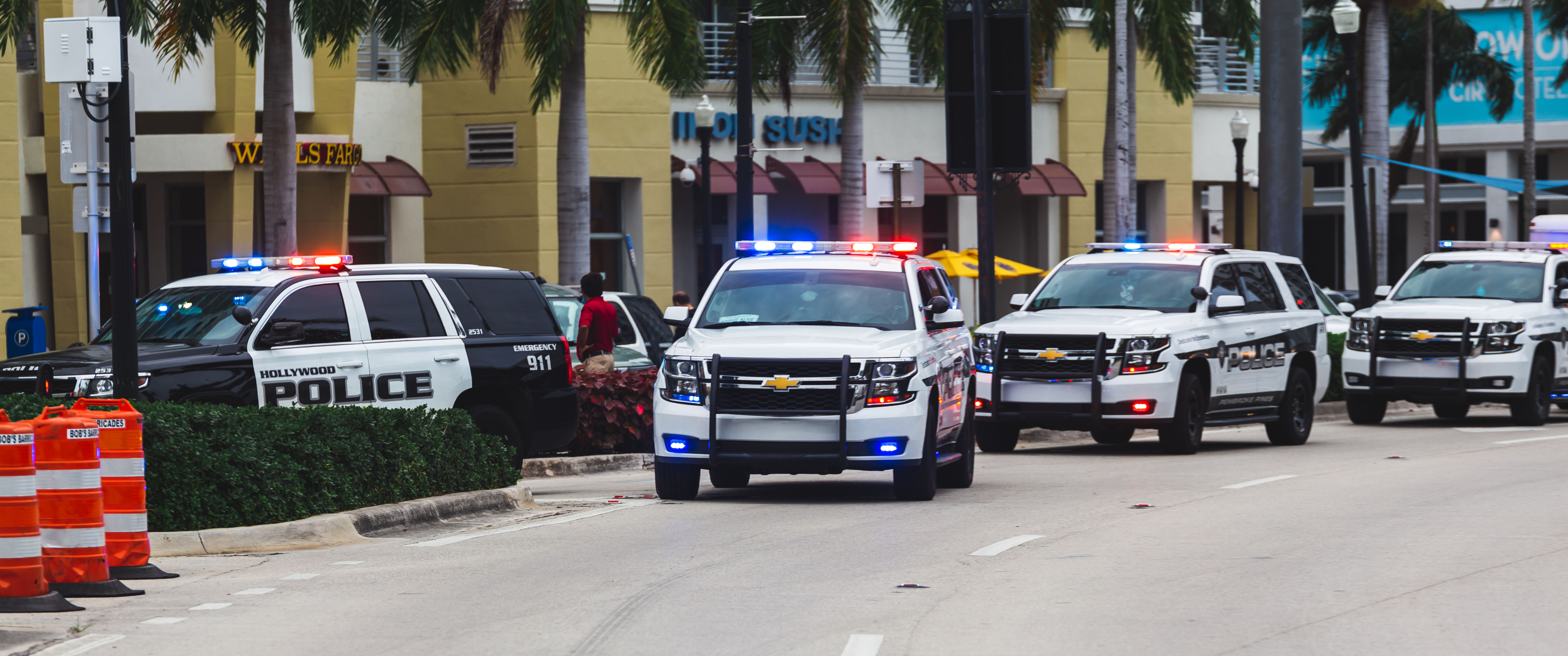
Protesters in Boca Raton fell silent, then erupted in cheers, as a line of police officers in riot gear took a knee with them. Such surprising images of solidarity reigned in the usually peaceful, sometimes chaotic protests in South Florida following George Floyd’s murder one year ago.
Behind the scenes, however, police photographed protesters. And they ran protest-related images through a vast and unregulated facial recognition database, records show. That’s like going through a crowd and inspecting people’s driver’s licenses, which would almost certainly be prohibited as an unreasonable search under the Fourth Amendment.
The South Florida Sun Sentinel and Pulitzer Center journalists used Florida’s public records law to access facial recognition searches local police ran as demonstrations cascaded across Broward and Palm Beach counties in May and June 2020. Those records revealed that at least three agencies — the Broward Sheriff’s Office and the Boca Raton and Fort Lauderdale police departments — submitted more than a dozen images that referenced protests or protesters, but no crimes.
In one case, records show, police requested matching images and identifying information for a “possible protest organizer” as well as their various “associates.” In another, police ran nearly 20 searches linked to “Intelligence,” a controversial use of the technology before a crime has even been committed.
Police sometimes use facial recognition technology to track down violent and lawbreaking protesters, as Miami police did with one woman accused of hurling rocks at officers during a protest last summer. But legal experts say police go too far when they seek facial recognition matches of people assembling peacefully to make their voices heard, and it’s especially troubling when they are protesting for police reform.
A few departments, including Miami’s, have facial recognition policies that prohibit searches for “constitutionally protected activities.” The Boca Raton Police Department’s facial recognition policy has no such provision. And the Broward Sheriff’s Office and Fort Lauderdale Police said they don’t have facial recognition policies, though their agencies run between 30 and 200 searches a month, usually citing specific crimes ranging from bank robbery to trespassing.
“If you’re exercising any constitutionally protected activity, whether it’s free speech, whether it’s religion, freedom of the press, we’re not going to run your face through the system,” Miami Police Assistant Chief Armando Aguilar said of his department’s policy. “The minute that someone crosses the line from peaceful protest to engaging in violent activity to engaging in property damage, they’ve now committed a crime, so their actions are no longer constitutionally protected.”
To conduct a search, police upload an image to a database run by the Pinellas County Sheriff’s Office. The statewide database, called the Face Analysis Comparison & Examination System, or FACES, holds about 25 million driver’s licenses and ID photos and 13.5 million mugshots and booking photos in Florida. FACES then returns images of likely matches, which include photos as well as identifiers such as names, addresses, and birthdates. Such photos could be recorded “roadside” by police, facial recognition policies and training materials show, or scraped off social media.
That means any Floridian who marched here early last summer could have popped up in a digital police line-up.
“It’s horrifying. To find searches run specifically for protests, which is a clearly protected First Amendment right,” said Clare Garvie, a senior associate at Georgetown University’s Center on Privacy & Technology, noting such usage has been rarely documented. “Particularly in protests against police activity, there’s the fear that police are going to target and retaliate against those individuals.”
Despite repeated questions, departments declined to discuss details regarding the FACES records, in some cases saying police personnel did not remember why searches were run. The Broward Sheriff’s Office and other agencies emphasized that a match alone would not be enough reason for an arrest.
“BSO uses FACES as an investigative tool,” said agency spokesperson Veda Coleman-Wright. An image match doesn’t “give investigators probable cause for an arrest, but it may provide them with a lead to move their investigation forward.”
Nonetheless, use of the technology has also proven fraught. Bad facial recognition matches have been implicated in at least three wrongful arrests across the country, all involving Black men. Studies have shown racial bias in facial recognition technology, including high error rates in identifying people of color and misidentifying Black women nearly 35 percent of the time. The paradox: people who march against police brutality and over-policing of Black communities are being surveilled by a technology shown to harbor racial bias.
Experts have long cautioned that police use of facial recognition could have a chilling effect on free speech, leading people to censor themselves or avoid protests. Even the undisclosed pulling of photos on social media for facial recognition raises alarms about police targeting individuals unnecessarily, posing a surveillance risk as a “tool of social control.”
Chad Marlow, a senior policy counsel with the American Civil Liberties Union, said it was one thing to run facial scans of someone who “had written a manifesto that they planned to set up a bomb in a big crowd,” and it was quite another to scan protesters overall.
“People could end up on a watch list, with their social media monitored going forward,” Marlow said.” “There’s no reason police should zero in and identify people because, God forbid, they are ... very vocal advocates.”
Surveilled on Juneteenth
A Juneteenth Block Party in Huizenga Park off Las Olas Boulevard last summer featured music, a “healing space” dance, and a couple hundred people marching through downtown holding a street-wide banner imploring people to “Defund the Police.” In contrast to a downtown Fort Lauderdale protest that grew violent three weeks earlier, this gathering was peaceful.
On the day of the Juneteenth event, Fort Lauderdale police ran image scans using the terms “Possible protest organizer ‘leaders of liberty’” and, in four separate searches, “associate of protest organizer ‘leaders of liberty,’” FACES database records show. Police also ran two protest-related searches earlier in June.
Protest organizer Robert Holness had recently founded Leaders of Liberty, a local Black civil rights group that has provided meals for the homeless; led thrift-store giveaways and diaper drives; and hosted a virtual panel that drew top officials, including U.S. Congressman Ted Deutch and Broward Sheriff Gregory Tony, who shared their views on racial equality.
Holness questioned why police would feel the need to run face recognition searches on him or his colleagues when instead “they could be working with me to better the both of us.” He said police already knew him, as he’d both shouted angrily at police and peacefully consulted with them at previous protests. “If they want me they can find me,” Holness said. “I’m not covert.”
One such colleague was Sean Alexis, who connected with Holness at the event and joined Leaders of Liberty, becoming a spokesperson. Alexis had brought along flyers about qualified immunity, federal case law that shields police officers from civil liability. “I wanted people to understand that the protest doesn’t really amount to a whole lot if you don’t have laws changed,” Alexis said. “We have to understand the laws to change them.”
When asked for comment or records, Fort Lauderdale police provided two mostly-blank incident reports linked to FACES searches. A police spokesperson said Alexis or Holness “cannot be found in our database.” The agency provided documents, but declined to elaborate. “We will not be answering any questions,” said Fort Lauderdale Police spokesperson DeAnna Greenlaw.
Tifanny Burks, a community organizer with Black Lives Matter Alliance Broward, was another leader of the Juneteenth rally and spoke of her wider experience with police at protests. “We’ve seen a lot of surveillance. They monitor our movements,” Burks said. “We know this because every single time we have a protest or action the police department shows up. We don’t need to call them. They are already there, an hour or two hours beforehand.”
Some South Florida police pose as protesters, shooting video or photos during marches, according to records and media reports. “Officers stand out by their cars with phones out, videotaping everybody who walks by them,” said Cristie Sennett, a private attorney and legal observer at protests for the ACLU. “People feel like police are trying to intimidate them.”
Burks says she gets calls from police officials she never gave her number and, after protests, has seen squad cars parked near her home. “It makes me angry. It makes me upset. My mother is so worried for me, and I tell her ‘I don’t want you to be worried for me. I want you to be happy for the work I’m doing in the community,’ but I know exactly where her worries and fears come from,” Burks said, referring to surveillance of civil rights leaders in the 1960s. “But a police officer is not going to stop me from living my life.”
Florida: A pioneer in facial recognition
The Pinellas County Sheriff’s Office created FACES in 2001 with U.S. Defense and Justice department funds. The database is considered the nation’s largest, and one of its oldest, serving 269 partner agencies, including most police departments in Florida and more than 20 federal agencies including the FBI and ICE. Via FACES, police can access 38.5 million state images, including driver’s licenses, arrest mugshots and jail booking photos, Pinellas officials said, as well as tens of millions of photos stored in FBI or other federal repositories.
How it works: police detectives or crime analysts upload a “probe” photo, via a “query” to the FACES database, and within minutes can get back a photo gallery of possible matches on their computer screens. Software algorithms measure facial markers such as distance between eyes, angle of brows, or shape of lips or ears. Police say they use a likely match mostly as a “tip” for further investigation.
Police have said facial recognition proves helpful in solving crimes, including murders, burglaries, and identity theft. Most FACES searches cite a police case number, or terms like armed robbery, FBI probe, car theft, and crime rings such as “Sprint Store Cases.” Records reviewed also listed low-level crimes like loitering, shoplifting and “suspicious person.”
The U.S. has no federal regulations on facial recognition use, and concern over the lack of oversight has fueled a trend toward local bans, leading more than 20 municipalities from San Francisco to Jackson, Miss. to bar use by governments and police. At the same time, tech companies like Amazon and Microsoft have announced moratoriums on selling their facial recognition software to police agencies. A recent bill in Congress, citing potential threats to civil liberties, proposed to halt federal entities’ use of facial recognition tools, and to pull federal money from local or state entities that use the tech.
Police say photos posted online or taken in public are fair game, and can be used to protect the community. South Florida officials monitored “internet chatter” before the protests.
On May 31, the day after demonstrations turned violent in Miami with police cruisers torched, Boca Raton police ran a facial recognition scan citing “Protest Threat against Boca Mall.” Boca police also ran images through FACES citing “protest” five more times: on June 1, 10 and 15, records show. When asked about the queries, police cited multiple posts on Twitter and Instagram, some calling for looting or “trashing” Town Center Mall, a June 1 incident report shows.
While the protests in Boca turned out peaceful, police said they didn’t get any leads from running the social media photos through FACES. “From our research, it doesn’t appear there were any matches,” said Jessica Desir, Boca Raton police spokesperson.
Boca police certainly tried to find matches, casting the net extra wide. Police who access FACES select “max results” for reports, from 30 to 250 possible match candidates. Combined, Boca Raton police requested up to 670 possible matches for their six searches citing “protest.”
Marlow, of the ACLU, points out that some social media platforms, such as Instagram and Facebook, list restrictions on police access, such as requiring a warrant for an account’s stored contents such as “messages, photos, comments, and location information.” Marlow said the added risk of misidentification makes using facial recognition, especially in protest scenarios, a “highly irresponsible decision.”
The Broward Sheriff’s Office also listed “Intelligence” as “search reason” for running nearly 20 images in FACES at the time, records show. BSO officials said the analyst “can’t remember the specific reason for the searches from more than a year ago.”
The term “intelligence,” rare in previous months’ FACES reports, was entered nine times soon after two queries citing “riots” about 8 p.m. on Saturday May 30. The “riot” scans were run to assist police in Miami-Dade County, BSO officials said, where wider violence occurred.
BSO spokesperson Veda Coleman-Wright did not directly address concerns about facial recognition use related to protest activity, but noted: “The Broward Sheriff’s Office is a proponent of the First Amendment, and supports the rights of others to peacefully protest.”
Some experts find scans for intelligence purposes alarming. “Intel gathering is a very different use of facial recognition than for crimes,” said Garvie, lead researcher in a seminal 2016 report “Perpetual Line-Up,” which emphasized that facial recognition could prove useful with guidelines to prevent misuse. “Ultimately, it should be left up to a legislature to weigh in on the question of whether such intel gathering is permissible, or an infringement on privacy and the right to free speech.”
Such surveillance worries protesters too. Mathi Mugilan says he participated in the June 1 peaceful protest in Boca. The Boynton Beach man said he witnessed police “documenting with their cell phones,” adding that false identification via facial recognition could lead to injustice. “There’s no way for us to confirm what they are doing.”
None of the police departments shared photos of individuals scanned via FACES, or “match” candidate galleries or reports when requested, most saying such reports were not stored and therefore not available.
At some large agencies, such as the Palm Beach Sheriff’s Office, which has no policy and offered no comment, facial recognition use was even less transparent. PBSO ran at least six searches on and around protest days in June that mentioned no crimes and listed only a generic label: “20-PBSO.”
Clear guidelines could help prevent misuse
The Pinellas County Sheriff’s Office has a facial recognition policy for its own personnel, with basic limits, including “any information found through facial recognition search is for lead purposes only.” The agency warns other police agencies to use FACES solely for “law enforcement purposes,” yet leaves local police to create their own rules. Pinellas does not bar usage for “constitutionally protected activities.”
Of a dozen police departments surveyed specifically for facial recognition policies in Broward and Palm Beach counties, only a few have them, including Boca Raton, Coral Springs, Pembroke Pines and Wilton Manors, which approved a robust policy similar to Miami’s. Among those policies, parameters include supervisor approval, monthly audits or bans on surveillance use.
Meanwhile, public criticism has prompted various police agencies nationally, including New York and Detroit, to approve policies more severely limiting the technology’s use, including: allowing searches only in criminal cases or violent crimes; excluding driver’s license databases; or prohibiting scans for police “predictive analysis” and surveillance.
Miami’s police department policy also requires users to log searches; warns against “succumbing to confirmation bias and focusing only on a ‘top’ result” for suspects; and prohibits real-time monitoring. Aguilar, who oversees Miami’s criminal investigations division, said that without a policy, the department would be “wide open for abuse.”
Experts emphasized a basic need for limits on police deployment of an evolving digital technology, which could be used to help determine who is arrested or might be otherwise tracked in the real world.
Brian Hofer, executive director of Secure Justice, and a leading force in facial recognition bans in San Francisco, Oakland and elsewhere, says a lack of policy at minimum means police “can’t be held accountable. They can do whatever they want. And that lack of guardrails is what leads to bad results.”



